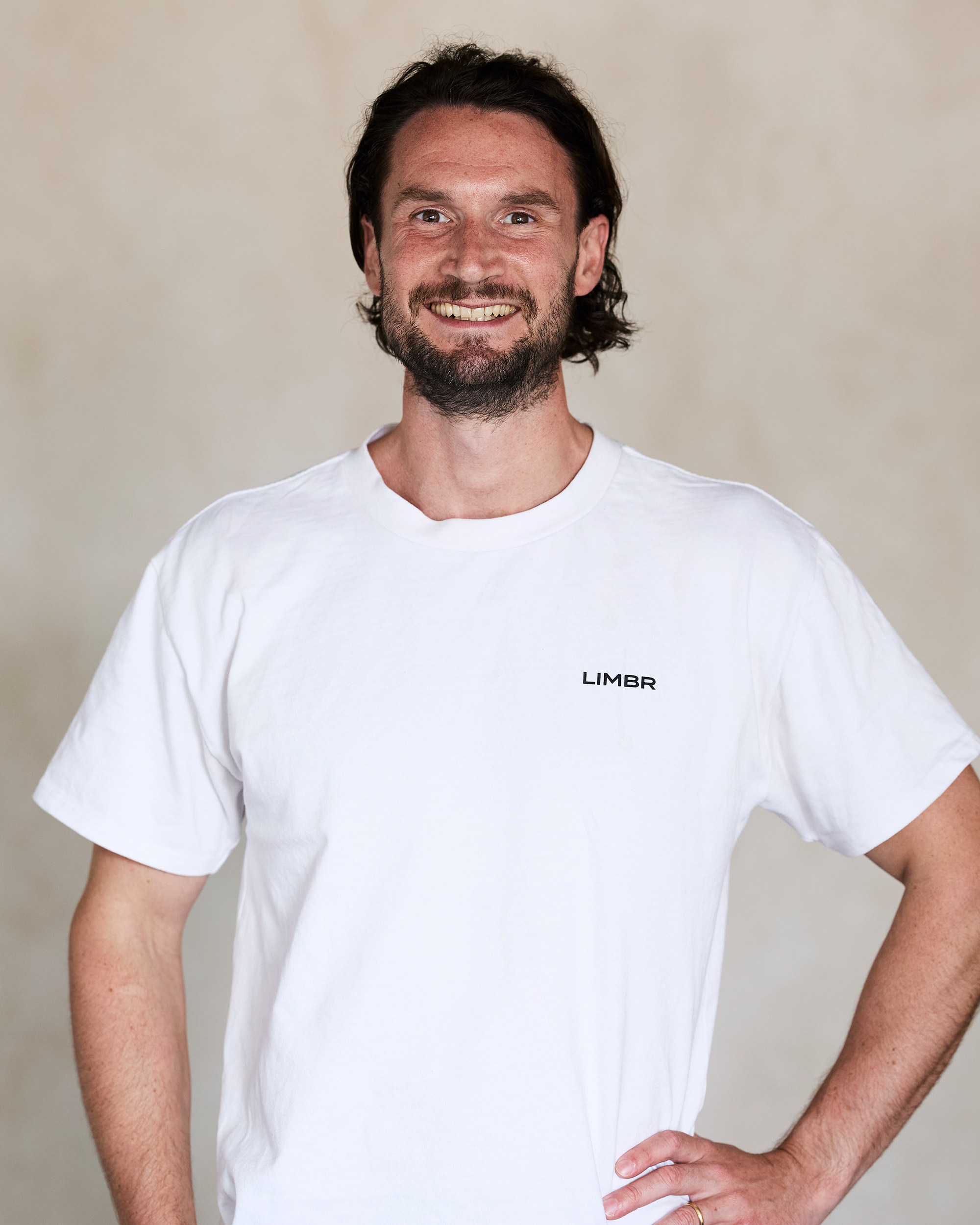Has your cup overflowed? Understanding the Cup Analogy for Pain and Injury
Max Hopes 14/01/25In the world of rehabilitation and injury management, one of the most relatable ways to understand pain and injury is through the “Cup Analogy.” This simple analogy illustrates how pain and injury occur when the cumulative stress in our lives—both physical and psychological—exceeds our capacity to handle it.
The Cup Analogy Explained
Imagine you have a cup, and this cup represents your capacity to handle stressors. These stressors can come from many aspects of your life, such as physical exertion, emotional strain, and even social or environmental factors. Every time you encounter a stressor, it’s like adding water to the cup. The stressors could include:
- Physical loads like running, resistance training, or carrying children
- Emotional stress like anxiety, loneliness, or work-related pressure
- Day-to-day activities such as cleaning the house or lack of sleep
As these stressors accumulate, the water level in the cup rises. If too much water (stress) is poured into the cup, it eventually overflows. This overflow represents your body’s inability to handle the combined load, resulting in pain or injury.
An example case
An example could be someone who has history of low back pain which has been well under control in recent time. They train hard in the gym consistently four times per week and have not made any changes to their program for several months. They enter a period of increased work stress with key deadlines to meet. This means long work hours, stress from being under pressure from their boss, and late nights sitting at home working on their project which also affects their sleep.
After two weeks of this more stressful routine, they injure their back deadlifting in the gym. They assume it was due to poor technique, but fail to take into account the fact that their whole system has been overloaded by the combination of psychological stress on top of the physical demands of their gym training.
This is an example of the cup overflowing leading to pain and injury.
Preventing Overflow: Managing Stress and Injury
When the cup overflows, it may lead to pain or injury. To prevent this from happening, there are two primary strategies:
- Reduce the amount of water being poured into the cup. This may not always be easy, but it involves manipulating the stressors in your life—whether that’s reducing physical activity, managing emotional stress, or adjusting work-life balance. The good news is you don’t necessarily have to adjust every single factor (this might not be realistic) but you have lots of variables you can consider trying to work on.
- Build a bigger cup. By increasing your capacity to handle stressors, both physically and mentally, you create more of a buffer to be able to handle life’s challenges. This involves building both physical and mental resilience through graded exercise, activity and psychological coping strategies.
A Balanced Approach
Often, the best approach involves a combination of both strategies. First, manipulate the stressors to calm things down and reduce the immediate load. At the same time, work on building a bigger cup to increase your long-term capacity and resilience to stressors. By balancing these two approaches, you can better manage stress and reduce the risk of pain or injury.
Practical Takeaways
- Recognise your limits: Be mindful of the total load—both physical and mental—that you’re placing on yourself. Pay attention to how you feel and whether you’re nearing your capacity.
- Balance and manage your stressors: Just as important as physical recovery, addressing psychological stress, emotional well-being, and life pressures is crucial to preventing injuries.
- Build resilience: Whether through resistance training, mindfulness, or other coping strategies, building your mental and physical capacity helps prevent your cup from overflowing in the future.
